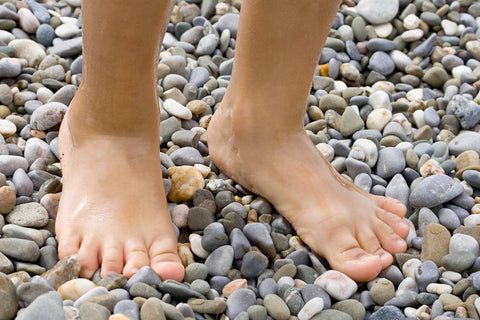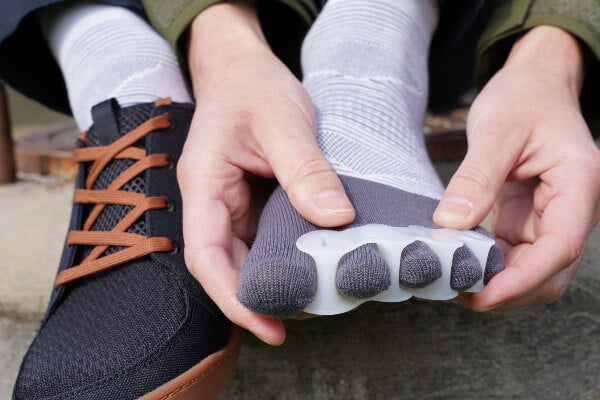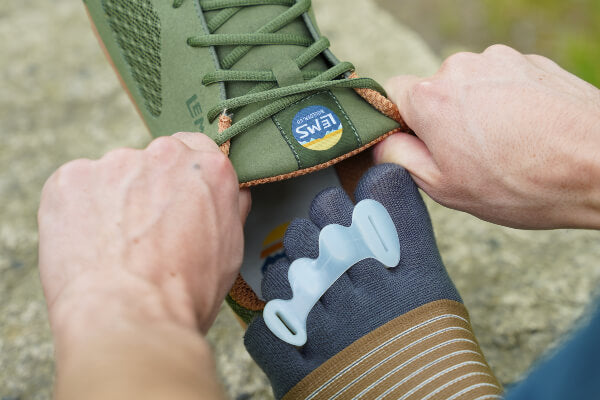Corns & Calluses

Thick, hard skin can occur on any part of the foot. However, corns and calluses are particularly common on the toes, and they are caused by prolonged pressure or friction on the skin. Though not life-threatening, corns and calluses are often unsightly and may cause pain or disability when the skin buildup gets too thick or causes pressure on sensitive parts of the foot. A corn is... Read more












